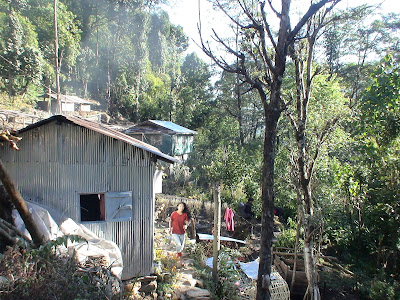The Himalayas, one of
the key global hotspots of biodiversity, provide livelihoods opportunities to millions
of human beings in the Hindu-Kush Himalayan region spreading over 8 countries. Rural
population living in remote villages across this region depends on local forest
ecosystems for their livelihood. Poor in terms of economic indicators, people
living in such areas are rich in their heritage, culture, association with
forest ecosystems and in protection and conservation of forests. They
understand their deep relationship with nature, and the delicate balance which
is key for their survival in such hostile conditions. Roads, market access,
health facility, opportunity for education are remote to this area.
Low on many socio-economic indicators, people living in this region are
pivotal for the conservation of biodiversity and forest ecosystems. Some of the
benefits of biodiversity and conservation of natural resources are realised in
cities where the urban population is unaware of these custodians of nature. Mechanisms
to streamline this process of benefit sharing, equity and sustainability are required
to achieve equitable and sustainable future for the poorest of the poor, living in biodiversity rich areas. Do we have a solution?



Comments
Post a Comment